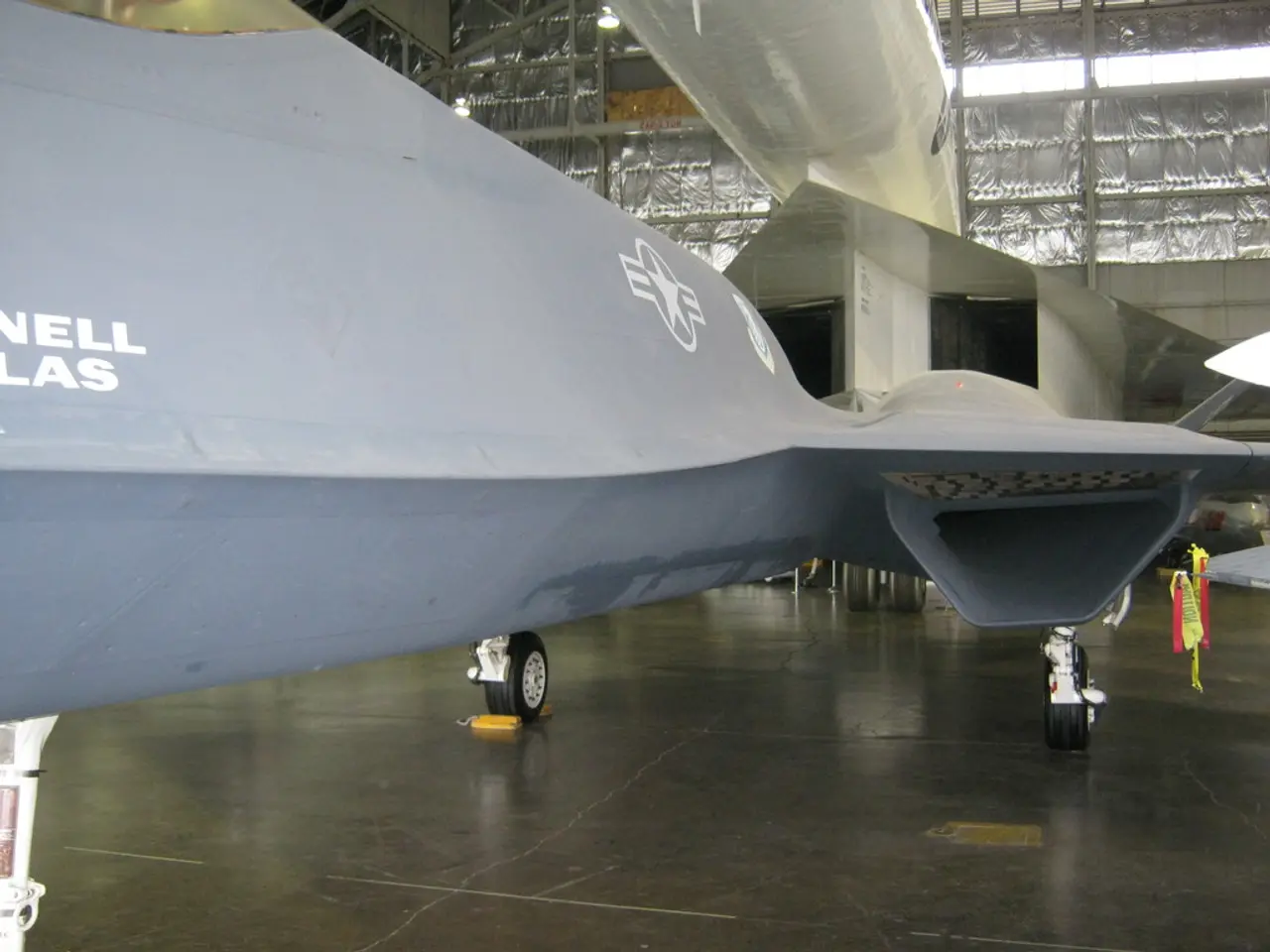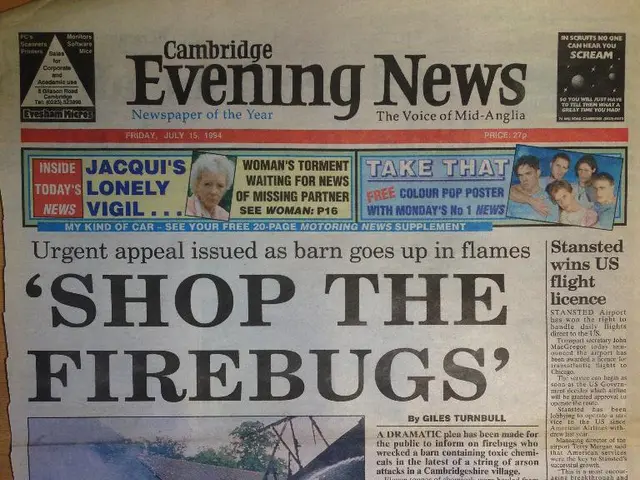High-speed travel from New York to Los Angeles in just 3 hours could become a reality by 2027, thanks to an executive order potentially reviving the commercial supersonic flight industry.
United States Advances Noise-Based Certification for Supersonic Flights
The United States is taking significant steps towards the reintroduction of supersonic flights over land, aiming to lift the overland supersonic flight ban by December 3, 2026 [1][3][5]. This regulatory shift, announced in a June 2025 executive order, sets a timeline for the establishment of formal noise certification standards by December 6, 2026, and the implementation of final rules by June 6, 2027 [1][3][4].
Companies like Boom Supersonic and Lockheed Martin are at the forefront of this advancement. Boom Supersonic has demonstrated ground-breaking "boomless cruise" technology, enabling supersonic flight above 30,000 feet without producing disruptive sonic booms [3][4]. Their XB-1 demonstrator surpassed Mach 1 in January 2025, showcasing the maturity of their technology [3]. Boom plans to roll out their Overture airliner in 2026, conduct the first flight in 2027, and pursue certification by approximately 2029 [3][4].
Lockheed Martin and NASA's X-59 Quiet Supersonic Transport (QueSST) is designed with engines atop the fuselage to reduce shockwaves and minimize noise impact [2][3][4]. NASA completed the first taxi tests of X-59 in July 2025 and plans future test flights to gather data on sonic boom noise and public perception [2][3][4]. This research will support noise certification rulemaking by informing regulators on acceptable noise limits for supersonic flights over land.
The regulatory timeline for supersonic flights is considered aggressive, similar to the four-year rulemaking process for commercial drone usage [1][3][4]. If successful, supersonic travel could significantly reduce travel time, with a flight from New York to Los Angeles taking only 3.5 hours, compared to the current six hours [6].
Before the ban, several countries, including the U.S., pursued commercial applications for supersonic aviation technology. However, each country's supersonic aircraft created deafening, window-shattering sounds at ground level [2]. The new directive aims to address these concerns by establishing strict noise certification standards, paving the way for sustainable, low-noise supersonic commercial flight within the U.S. by the late 2020s [1][3][4].
References:
- Live Science
- The New York Times
- The Washington Post
- The Guardian
- The Wall Street Journal
- Forbes
- The advancements in supersonic technology, as demonstrated by companies like Boom Supersonic and Lockheed Martin, are making headlines worldwide.
- The history of supersonic aviation was marred by deafening noise, but current efforts focus on achieving low-noise, sustainable technology.
- In the realm of industry and technology, supersonic flight has returned to the forefront, with science playing a crucial role in shaping the future of travel.
- The reintroduction of supersonic flights over land has significant implications for both the aviation industry and finance, as well as for the field of aerospace technology.








